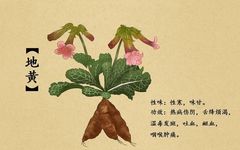The Distinct Effects of Raw and Cooked Rehmannia
Rehmannia
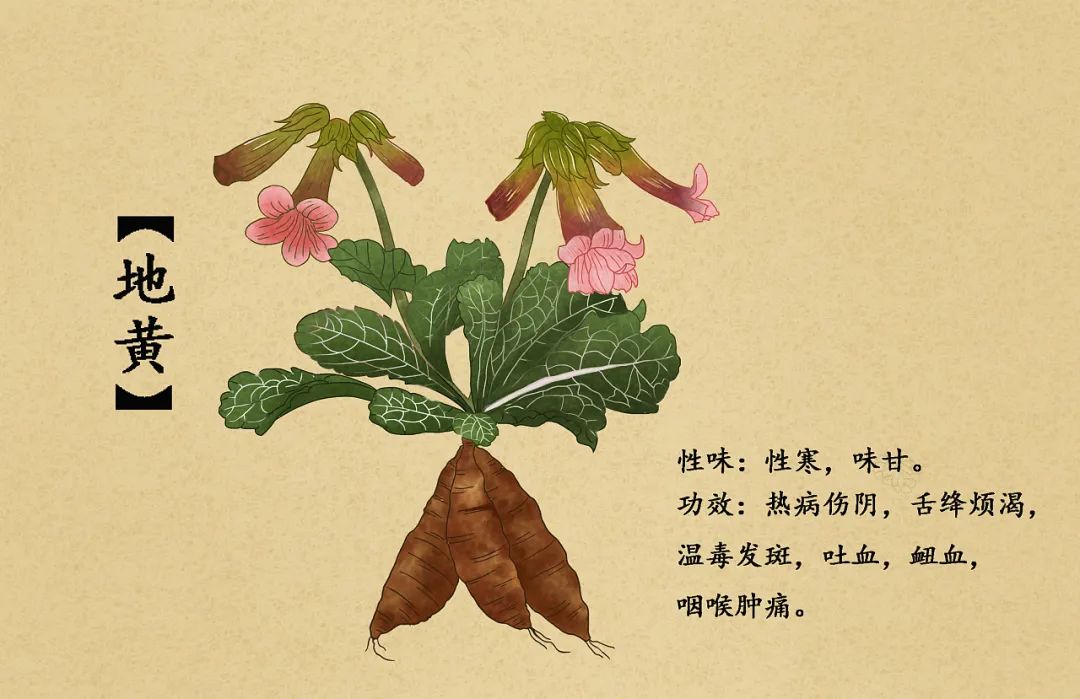
Rehmannia has two medicinal properties, which can be warming or cooling.
Rehmannia can be divided into Sheng Di Huang (Raw Rehmannia) and Shu Di Huang (Cooked Rehmannia). According to the Compendium of Materia Medica, “Raw Rehmannia is very cold and cools the blood, suitable for blood heat conditions; Cooked Rehmannia is slightly warm and tonifies the kidneys, suitable for blood deficiency conditions. For men with Yin deficiency, Cooked Rehmannia is recommended; for women with blood heat, Raw Rehmannia is preferred.” Especially, Cooked Rehmannia is known for its ability to “nourish the bone marrow, promote muscle growth, generate essence and blood, nourish the five organs, benefit the ears and eyes, darken hair, and promote blood circulation,” making it an excellent remedy for disease prevention and longevity.
Rehmannia
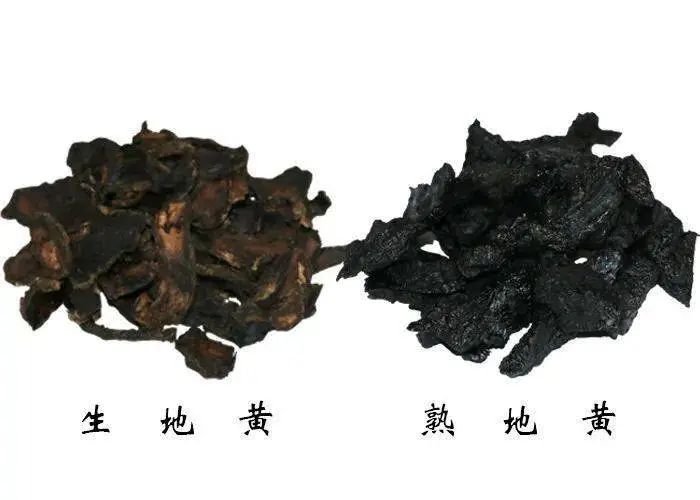
Rehmannia
Belonging to the Scrophulariaceae family, the Rehmannia plant is densely covered with grayish-white multicellular hairs and glandular hairs. The root is fleshy and yellow when fresh, and can reach a diameter of 5.5 cm under cultivation. The stem is purplish-red. The leaves are usually clustered at the base of the stem in a rosette, becoming significantly smaller upwards, or gradually reducing and alternating on the stem; the leaf blades are oval to long-oval, green on top, and slightly purplish or purplish-red underneath, becoming chambered and hairless as they age; the flower column expands at the top into two lobed stigmas. The fruit is oval to long-oval. The flowering period of Rehmannia is generally from April to May, and the fruiting period is from May to June.
Properties/Flavor/Efficacy
Shu Di Huang (Cooked Rehmannia)
Properties and flavor: Sweet taste; warm nature. Enters the Liver and Kidney meridians.
Efficacy: Nourishes blood and moistens; benefits essence and fills marrow. Used for blood deficiency with sallow complexion; dizziness and palpitations; irregular menstruation; excessive bleeding; Liver and Kidney Yin deficiency; tidal fever and night sweats; nocturnal emissions and impotence; infertility; irregular menstruation; excessive bleeding; lower back and knee soreness; tinnitus and deafness; dizziness; premature graying of hair; diabetes; constipation; Kidney deficiency with shortness of breath.
Sheng Di Huang (Raw Rehmannia)
Properties and flavor: Sweet taste; cold nature. Enters the Heart, Liver, and Kidney meridians.
Efficacy: Clears heat and cools blood, nourishes Yin and generates fluids. Used for heat entering the Ying and blood levels, red tongue and thirst, hemoptysis, and purpura.
Characteristics
Rehmannia
Can be warming or cooling
Characteristics: This herb has a sweet taste and can be warming or cooling. Rehmannia can be divided into Raw Rehmannia, which is cold, and Cooked Rehmannia, which is warm. Raw Rehmannia is used for heat entering the Ying and blood levels, red tongue and thirst, etc.; Cooked Rehmannia is used for blood deficiency with sallow complexion, dizziness and palpitations, irregular menstruation, excessive bleeding, and Liver and Kidney Yin deficiency.
Clearing Heat and Detoxifying
Rehmannia is a traditional Chinese herb, and one of its main functions is to clear heat and detoxify. For patients with febrile diseases who cannot sweat, when used with other herbs, it can help eliminate internal heat toxins.
Beauty Benefits
The famous physician Li Shizhen from the Ming Dynasty commented on Rehmannia: “Taking it for a hundred days makes the face as beautiful as a peach blossom, and one remains youthful for three years.” Although this may be an exaggeration, it sufficiently indicates that ancient people had already discovered the beauty benefits of Rehmannia.
Nourishing Yin and Generating Fluids
Rehmannia
Nourishing Yin and Generating Fluids
For patients with excessive internal heat leading to thirst, using Raw Rehmannia can nourish Yin and alleviate thirst.
Regulating Menstruation and Alleviating Pain
For women with dysmenorrhea and irregular menstruation, Raw Rehmannia combined with other herbs can help alleviate the pain of irregular menstruation and dysmenorrhea.
Preparation of Cooked Rehmannia
Jiu Shu Di Huang (Wine-Cooked Rehmannia)
Take clean Raw Rehmannia, mix with yellow wine, place in a medicinal pot, seal tightly, and steam over water until thoroughly cooked, or steam in a suitable container until the surface is black and glossy, until the yellow wine is completely absorbed. Remove, dry until the outer skin is slightly dry, cut into thick slices, and dry. For every 100 kg of Raw Rehmannia, use 30-50 kg of yellow wine. Wine-Cooked Rehmannia is used for nourishing Yin and replenishing blood.
Zheng Shu Di Huang (Steamed Rehmannia)
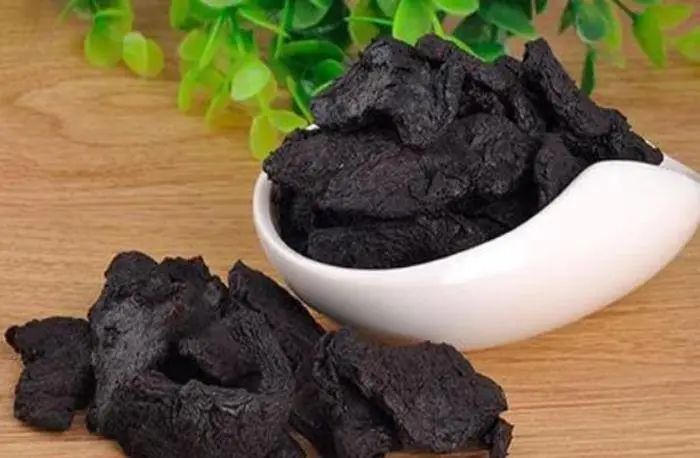
Take clean Raw Rehmannia, place in a wooden steamer or other suitable container, and steam until the inside and outside are black and glossy. Remove, dry until 80% dry, cut into thick slices, and dry. Steamed Rehmannia is used for nourishing Yin, replenishing blood, and benefiting essence and filling marrow.
Sha Ren Zhi Shu Di Huang (Cardamom-Processed Cooked Rehmannia)
Take clean Raw Rehmannia, add yellow wine, mix with cardamom powder, place in a copper pot or other suitable container, seal tightly, and heat over a strong fire, steaming for about 48 hours until the inside and outside are pitch black and hollow. Remove, dry until 80% dry, cut into thick slices, and dry. For every 100 kg of Raw Rehmannia, use 30-50 kg of yellow wine and 1 kg of cardamom powder.
Contraindications of Rehmannia
1. Raw Rehmannia: Not suitable for those with spleen deficiency and damp stagnation, abdominal fullness, and loose stools.
2. Cooked Rehmannia: This product is sticky and may hinder digestion. Those with Qi stagnation, phlegm accumulation, abdominal distension and pain, poor appetite, and loose stools should avoid it. Long-term use should be combined with Chen Pi (Aged Tangerine Peel), Sha Ren (Cardamom), etc., to avoid stickiness affecting the stomach.
END
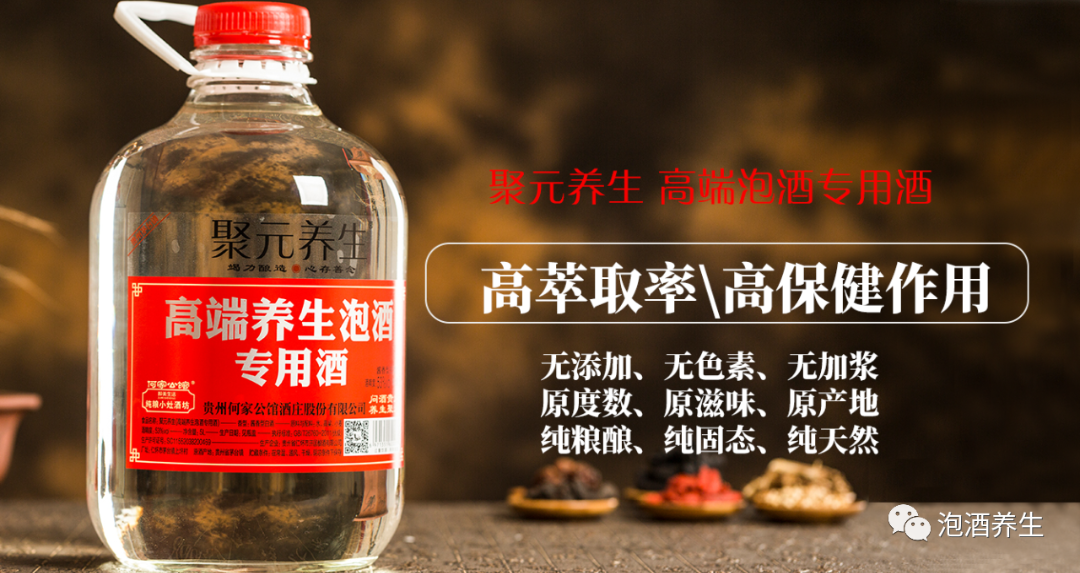
Click the image above to enter the online store mini-program
Disclaimer: The above content has been reviewed by a licensed pharmacist from Yihua Winery
For reference only
Some images are sourced from the internet; if there is any infringement, please contact for removal
Contributions are welcome!
Please send to email: [email protected]

Cooperation WeChat / 17385191915
Previous Reviews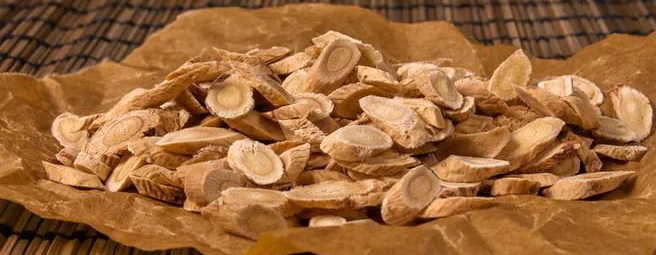 This commonly used Chinese herb not only tonifies Qi but also calms the heart—Huang Qi
This commonly used Chinese herb not only tonifies Qi but also calms the heart—Huang Qi Gan Cao—not only reduces fire and alleviates pain but also detoxifies.
Gan Cao—not only reduces fire and alleviates pain but also detoxifies.

